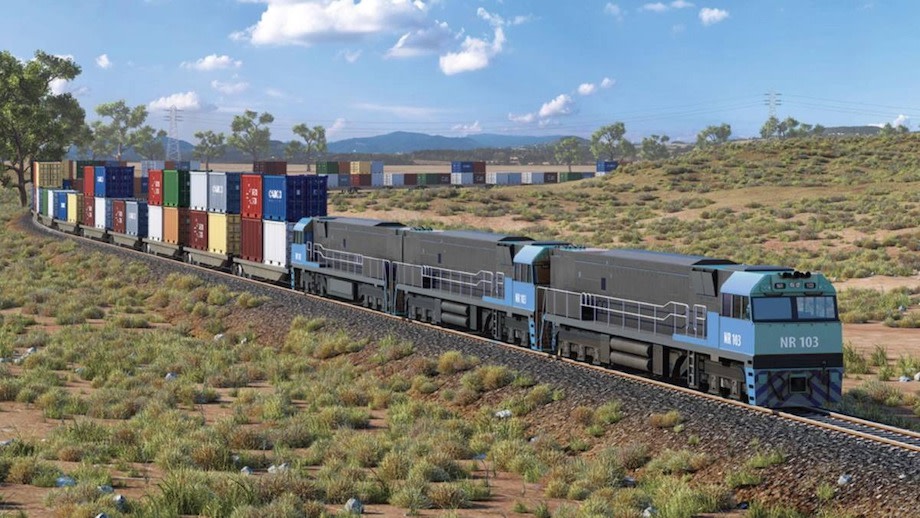Regional growth is being hamstrung by shortfalls in infrastructure that blew out by 200 per cent in the two years prior to the onset of the global pandemic.
According to those working in the sector, while the nation has a healthy appetite for building infrastructure, the next frontier will be tackling the needs of regional population growth.
A report released by Infrastructure Australia in March encouraged stakeholders to “seize opportunities for growth, innovation and investment”.
The report said that in the next five years, regional infrastructure spending is expected to increase from $6.9 billion to $15.6 billion, the majority of which will be spent on regional transport projects including the 1727km Inland Rail Freight Corridor.
Pressure has been ramped up on the federal government to spend more on regional infrastructure with the National Farmers Federation putting forward its list of 20 towns across Australia recognised as future development precincts.
However, the coming election has put a hold on responses on the report while the “significant upswing in regionalisation” continues. The federal government allocated an additional $17.9 billion in this year’s budget to its 10-year infrastructure investment program.
Infrastructure Australia chief executive Romilly Madew said that pandemic-driven regionalisation had compounded pressure on already stretched regional infrastructure assets.
“We hope communities embrace the opportunities highlighted in this report and that it becomes a turning point for greater collaboration among stakeholders,” Madew said.
Competition for contracts heats up
The $5-billion contract for the Gowrie-to-Kagaru, Queensland section of the inland rail corridor was recently awarded to the Regionerate Rail consortium.
The consortium, made up of global and Australian companies Plenary Group, Clough, GS Engineering and Construction, Webuild and Service Stream, will work on a 128km section of the line.
Considered the most technically complex of the 13 sections within the Inland Rail Freight Corridor, it includes a 6.2km tunnel.
▲ The Inland Rail Freight Corridor along with Snowy 2.0 top the nation’s largest infrastructure projects.
Webuild executive director Asia Pacific Marco Assorati said the Italian-based company had returned to Australia in 2012 for the Sydney Metro Northwest project.
He said since then the number of infrastructure projects in this country had increased.
“You don’t find the same quantity of projects being implemented at the same time in other countries,” Assorati said.
“It’s always hard to win a contract—the Australian market is competitive.”
Assorati said while Webuild was working on other projects, including Snowy 2.0, he anticipated there were more public-transport-based projects on the horizon.
“The big scenes in Australia are in Melbourne, Sydney, Brisbane and Perth and there is going to be a concentration with the population growing year after year,” he said.
“There’s a need to increase the means of public transportation, this means more roads, rail or metro lines.
“Based on the planning visible to contractors and the public, we know there is more coming.
“I would also say there is a need to link regional parts of the state better, not only within the cities but also from the city to the periphery.”










